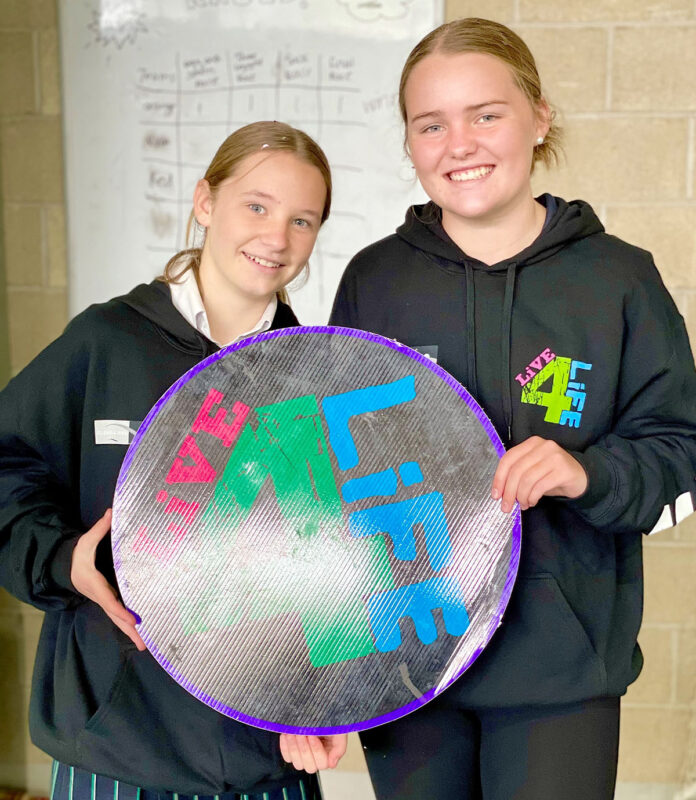An eight-metre-tall drilling rig has been deployed to the southern side of the Blue Lake to establish a series of groundwater monitoring bores, as part of SA Water’s sustained investment securing the region’s drinking water future.
Located outside the site’s reserve, the three observation bores – which are 15 centimetres in diameter and around 150 metres deep – will enable SA Water to collect vital data about the Blue Lake’s geology, water chemistry and groundwater flow, informing comprehensive modelling of the aquifer system.
Soil samples will be extracted by the drilling rig for further evaluation, to help the utility analyse the different layers and geological material, with bore casing pipes installed for long-term access to sampling groundwater.
SA Water’s Sustainable Infrastructure general manager Amanda Lewry said the study was the final piece of the puzzle in understanding the interaction between the Blue Lake and surrounding groundwater network.
“Water is fundamental to the economic and social prosperity of our regions, and we’re taking action to adapt to climate change by exploring how we can potentially augment Mount Gambier’s sources to secure ongoing reliability and support further growth in the regional centre,” she said.
“The Blue Lake is Mount Gambier’s main source of drinking water, and we’re currently using around 3.5 gigalitres each year to supply local homes and businesses.
“While its supply remains steady, we’re proactively looking at diversifying our sources for future generations.
“Our observation bores provide a vital insight into the flow of groundwater out of the Blue Lake, the geology of the lake’s southern side and mineral composition of the water, expanding on our existing knowledge of the site while factoring in climate change and population growth scenarios.”
Ms Lewry said crews would be located near the southern rim of the lake collecting soil formation samples, observing and recording the changes in depth and geology of the site for the next month.
“We’ll also be collecting groundwater samples over the next six weeks and taking them back to our laboratory in Adelaide for detailed analysis,” she said.
“Once we have analysed the data, we’ll be able to build a comprehensive model of the groundwater network and explore potential options to supplement Mount Gambier’s water sources.”
Ms Lewry said the bore drilling was planned outside of the summer school holiday period to minimise any impact to the local community and tourists.
“The size of the bores and specialised equipment we’re using will also ensure we maintain a light footprint and protect the surrounding environment while drilling,” she said.




